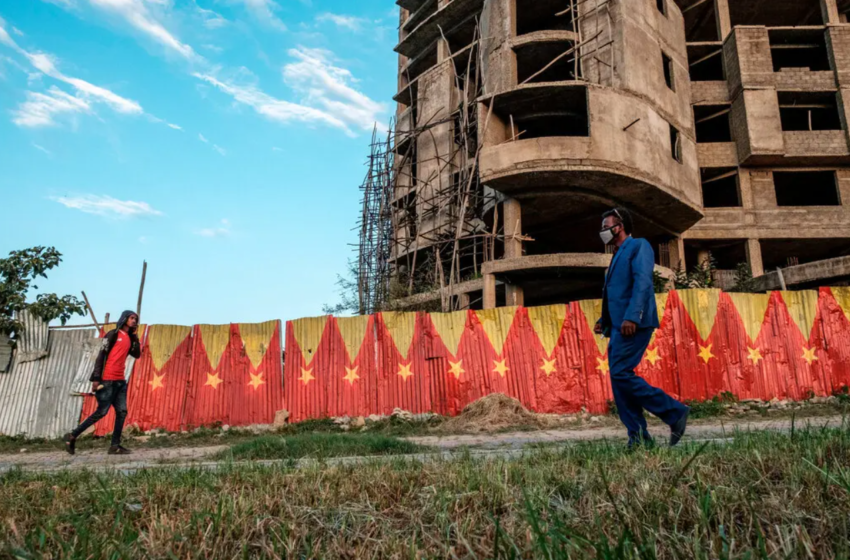
Why is Ethiopia at War With Itself?
Sixteen months after Prime Minister Abiy Ahmed began a military campaign in the Tigray region, fighting has slowed but Ethiopians are bitterly divided and their country is wracked by suffering.
Source: The New York Times
March 16, 2022
A year of conflict in Ethiopia, Africa’s second most populous country and a linchpin of regional security, has left thousands dead, forced more than two million people from their homes and pushed parts of the country into famine-like conditions.
Forces under Prime Minister Abiy Ahmed — the Ethiopian military, ethnic militias and troops from neighboring Eritrea — are fighting to oust the Tigray People’s Liberation Front, or T.P.L.F., from its stronghold in the northern region of Tigray.
The tide of the civil war has fluctuated wildly. The government teetered in early November when fighters from Tigray surged south toward the capital, Addis Ababa, forcing Mr. Abiy to declare a state of emergency. Foreigners fled the country and the government detained thousands of civilians from the Tigrayan ethnic group.
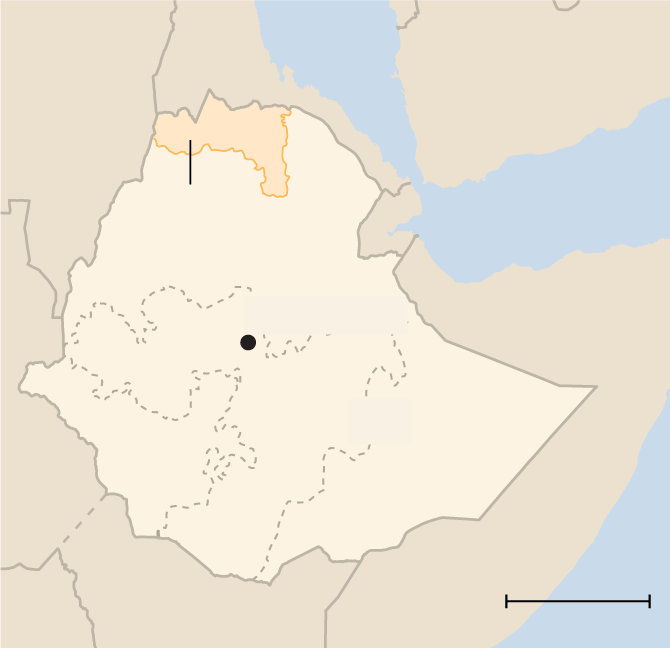
But weeks later Mr. Abiy pulled off a stunning military reversal, halting the rebel march less than 100 miles from the capital, then forcing them to retreat hundreds of miles to their mountainous stronghold in Tigray.
Winner of the 2019 Nobel Peace Prize, Mr. Abiy mobilized ordinary citizens to take up arms to block the Tigrayan advance. “Nothing will stop us. The enemy will be destroyed,” he told a group of soldiers at the battlefront while dressed in fatigues.
But the key to his battlefield success was a fleet of armed drones, recently imported from the United Arab Emirates, Turkey and Iran, that pummeled the Tigrayan forces.
As fighting was reduced in January, Mr. Abiy released some political prisoners in a gesture that prompted a phone call with President Biden. But African Union-backed peace efforts have stalled as hunger spreads in Tigray, where a government-imposed blockade has reduced the flow of aid to a trickle. The prospect of a cease-fire seems distant.
Here’s a look at how the conflict in Tigray has upended Ethiopia, a once-firm American ally, and threatens to further destabilize the volatile Horn of Africa region.
Why did Ethiopia’s prime minister begin an offensive in Tigray?
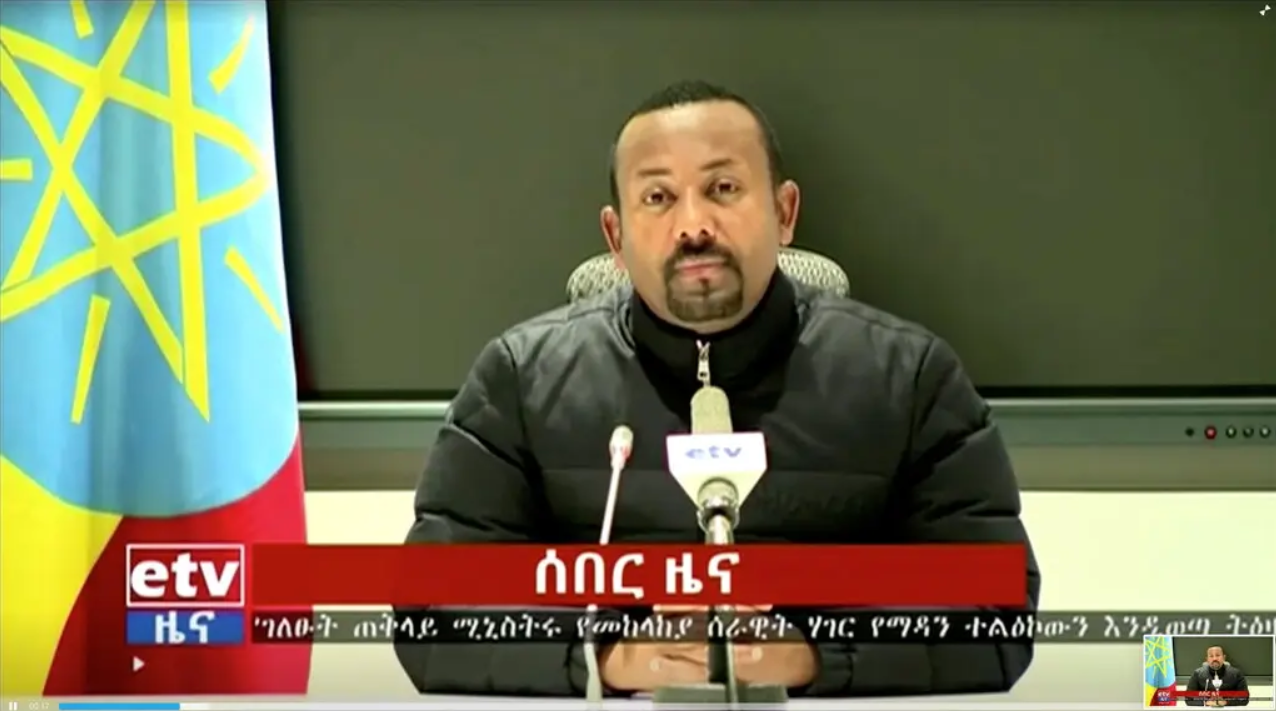
Even before the war, Mr. Abiy appeared bent on breaking the power of the T.P.L.F., a one-time rebel movement which had dominated Ethiopian politics for nearly three decades.
A former intelligence officer, Mr. Abiy was once a minister in the T.P.L.F.-dominated government. But after he took office in 2018, he set about draining the party of its power and influence in a manner that infuriated the Tigrayan leadership, which retreated to its stronghold of Tigray. Tensions grew.
The feud reached a boiling point in September 2020 when the Tigrayans held regional parliamentary elections in defiance of Mr. Abiy, who had postponed the vote across Ethiopia. Two months later, it turned violent.
In November 2020, T.P.L.F. forces attacked a federal military base in Tigray in what they called a pre-emptive strike against federal forces preparing to attack them from a neighboring region.
Hours later, Mr. Abiy ordered a military operation against the Tigrayan leadership. But his promises of a swift and bloodless victory quickly crumbled.
The T.P.L.F. and its armed supporters fled to rural and mountainous areas, where they waged a guerrilla war. The Ethiopian military suffered a humiliating defeat in June when it was forced to withdraw from Tigray, and several thousand government troops were captured.
By early November, the rebels were advancing on the capital, Addis Ababa. But then Mr. Abiy, backed by armed drones, forced the Tigrayans back to their northern homeland. Fighting has since died down, although clashes continue in the Afar and Amhara regions that border Tigray.
Through it all, civilians have suffered most. Since the war started, witnesses have reported numerous human rights violations, many confirmed by a U.N.-led investigation, of massacres, ethnic cleansing and widespread sexual violence.
On March 2, the United Nations appointed a team of investigators led by Fatou Bensouda, a former prosecutor of the International Criminal Court, to collect evidence of abuses for potential use in future criminal prosecutions.
Who are the T.P.L.F. and the Tigrayans?
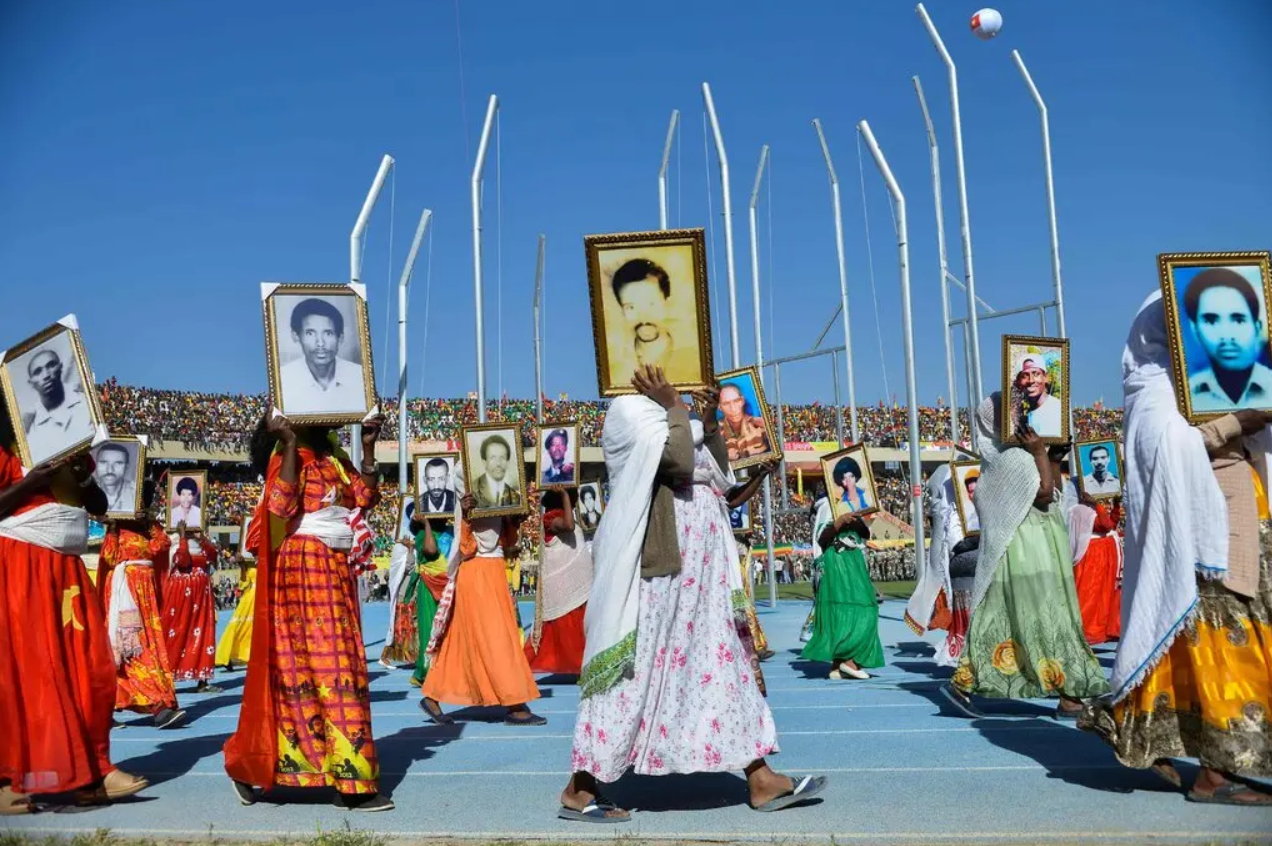
The T.P.L.F. was born in the mid-1970s as a small militia fighting Ethiopia’s Marxist military dictatorship.
Once home to an ancient kingdom that ruled Ethiopia and the wider region, Tigray was marginalized by the central government through the 20th century. Tigrayans make up about 7 percent of Ethiopia’s population compared with the two largest ethnic groups, the Oromo and the Amhara, which make up over 60 percent. Yet the T.P.L.F. emerged as the dominant force in a rebel alliance that toppled the Marxist government in 1991.
Tigrayans dominated Ethiopia for the following 27 years, through a ruling coalition led by the T.P.L.F.
Under Prime Minister Meles Zenawi, Ethiopia emerged as a stable country in a turbulent region. It enjoyed significant economic growth and allied with the United States, sending troops into Somalia to fight Islamist militants in 2006.
But at home, the T.P.L.F.-dominated government systematically repressed political opponents and curtailed free speech. Torture was commonplace in government detention centers.
After Mr. Zenawi died in 2012, the T.P.L.F’s grip on power began to weaken, leading to an eruption of antigovernment protests in 2016 that eventually paved the way for Mr. Abiy to become prime minister in 2018.
Mr. Abiy, a onetime T.P.L.F. ally, moved quickly to purge the old guard. He removed Tigrayan officials from the security services, charged some with corruption or human rights abuses and in 2019 created a new political party. The Tigrayans refused to join.
At the same time, he strengthened his ties to President Isaias Afwerki, the authoritarian leader of Eritrea, who nursed a bitter, longstanding grudge against the Tigrayans.
The outside world lavished praised on Mr. Abiy and Mr. Isaias for the landmark peace deal they signed in 2018, ending two decades of hostilities between their countries and paving the way for Mr. Abiy’s Nobel Peace Prize win a year later.
But by mid-2020 that peace pact had become an alliance for war on Tigray.
How is this conflict affecting Ethiopia and its neighbors?
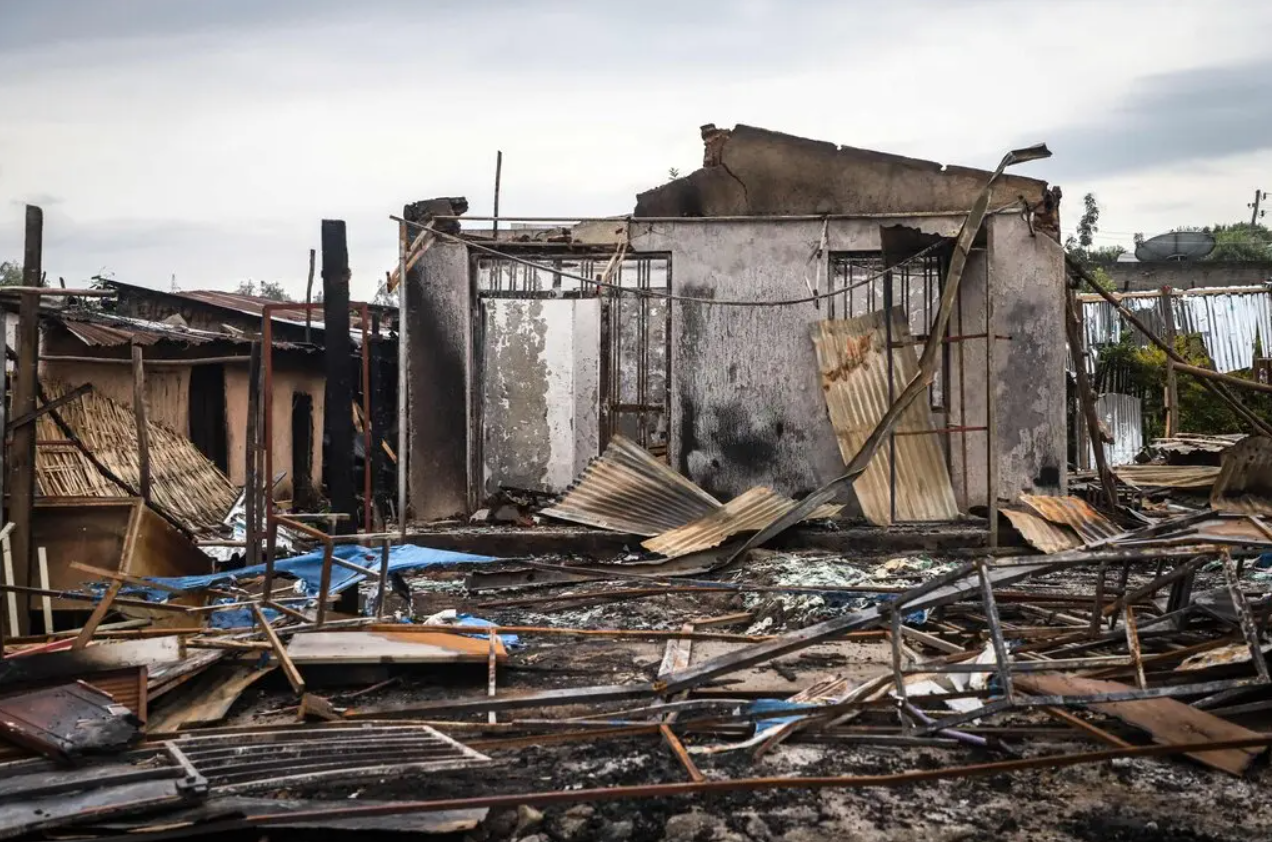
International efforts to broker peace in Ethiopia, led by the former president of Nigeria, Olusegun Obasanjo, have come to little. Yet the humanitarian crisis is deepening.
At least 9.4 million people across northern Ethiopia need urgent help, according to the United Nations. But the government-imposed blockade of Tigray means that less than 10 percent of required relief aid has reached the region, aid groups said.
More flights have been allowed to land in Tigray since December. But road access is still blocked, putting tens of thousands of vulnerable children at immediate risk of death.
The suffering in northern Ethiopia is part of a broader storm of conflict, climate change and soaring food prices, exacerbated by the war in Ukraine, that has fueled a crisis affecting 20 million people in the broader Horn of Africa region.
And human rights abuses continue unabated. Tens of thousands of Tigrayans have been driven from their homes by ethnic Amhara militias, as part of what the United States has called an ethnic cleansing campaign.
In December, Human Rights Watch accused Tigrayan rebels of executing dozens of civilians in captured areas, adding to the war’s dismal toll of atrocities. The conflict has placed Ethiopia’s once-close ties to the United States under great strain. Mr. Biden has cut off trade privileges for Ethiopia and threatened its leaders with sanctions. Neighboring African countries worry openly that Ethiopia, long the anchor of a volatile region, could become a source of instability.
Mr. Abiy is also contending with unrest in Oromia, the most populous region, where a local insurgent group, the Oromo Liberation Army, has entered into an alliance with the T.P.L.F. aimed at toppling Mr. Abiy.
How has the war changed Mr. Abiy’s global standing?
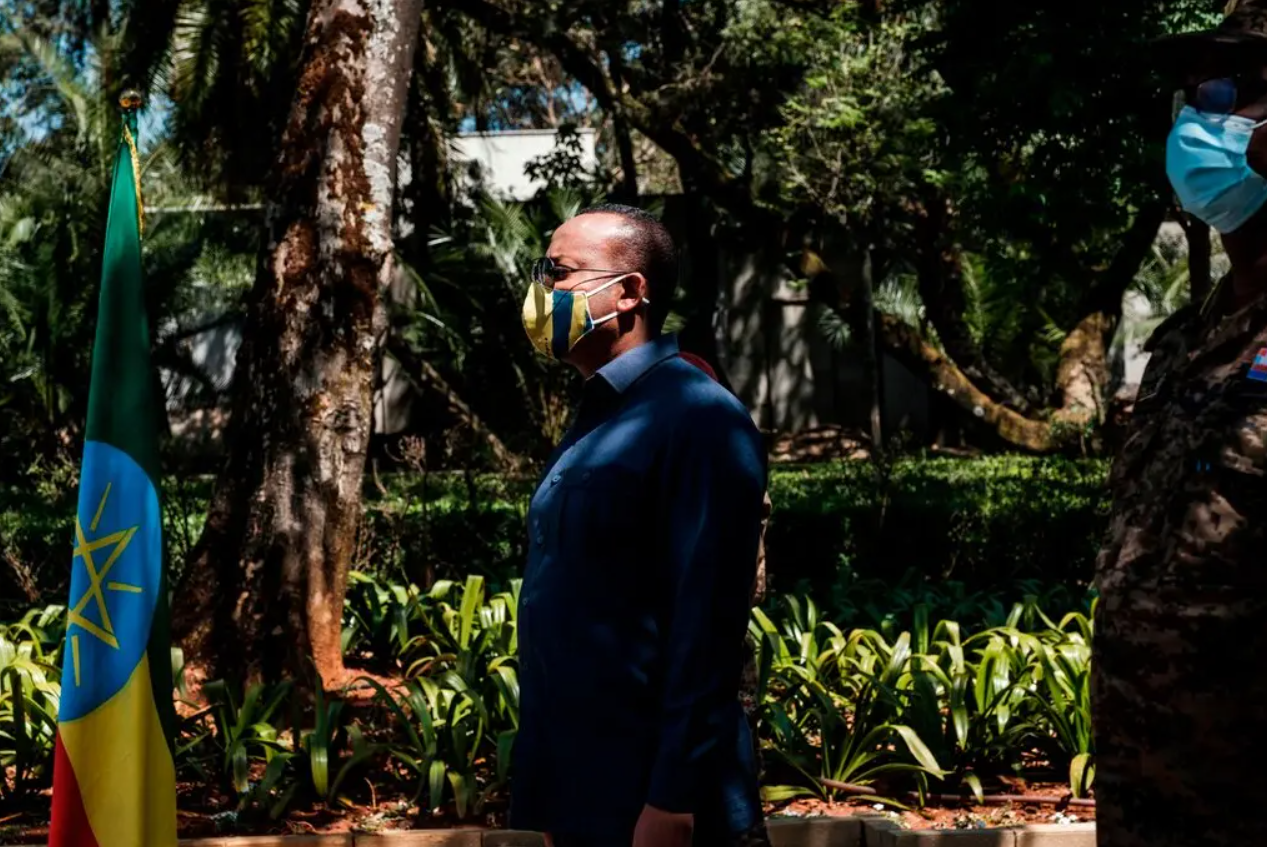
At 45, Mr. Abiy is among the youngest leaders in Africa, and in the first years of his rule he excited great hopes for transformational change in Ethiopia.
He abolished controls on the news media, initiated sweeping economic reforms, and struck a peace deal with the authoritarian leader of Eritrea, Mr. Isaias, that led to his Nobel Peace Prize win in 2019.
But even before the war erupted in Tigray, Mr. Abiy had resorted to old tactics of repression — shutting down the internet in some areas, arresting journalists and detaining protesters and critics. Now his reputation as a peacemaker lies in tatters.
As the war with the T.P.L.F. expanded in 2021, Ethiopia’s security forces detained thousands of ethnic Tigrayans, citing security needs. In speeches Mr. Abiy resorted to inflammatory language, denouncing his foes as “cancer” and “weeds” that he vowed to bury in “a deep pit.”
In January, the Norwegian Nobel Committee, which awards the Nobel Peace Prize, issued a rare admonition of an honoree, saying he had “a special responsibility to end the conflict and contribute to peace.”
